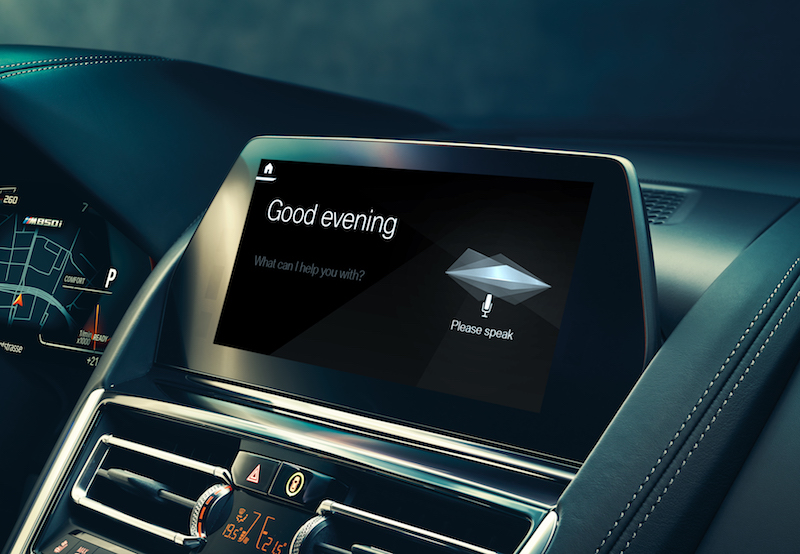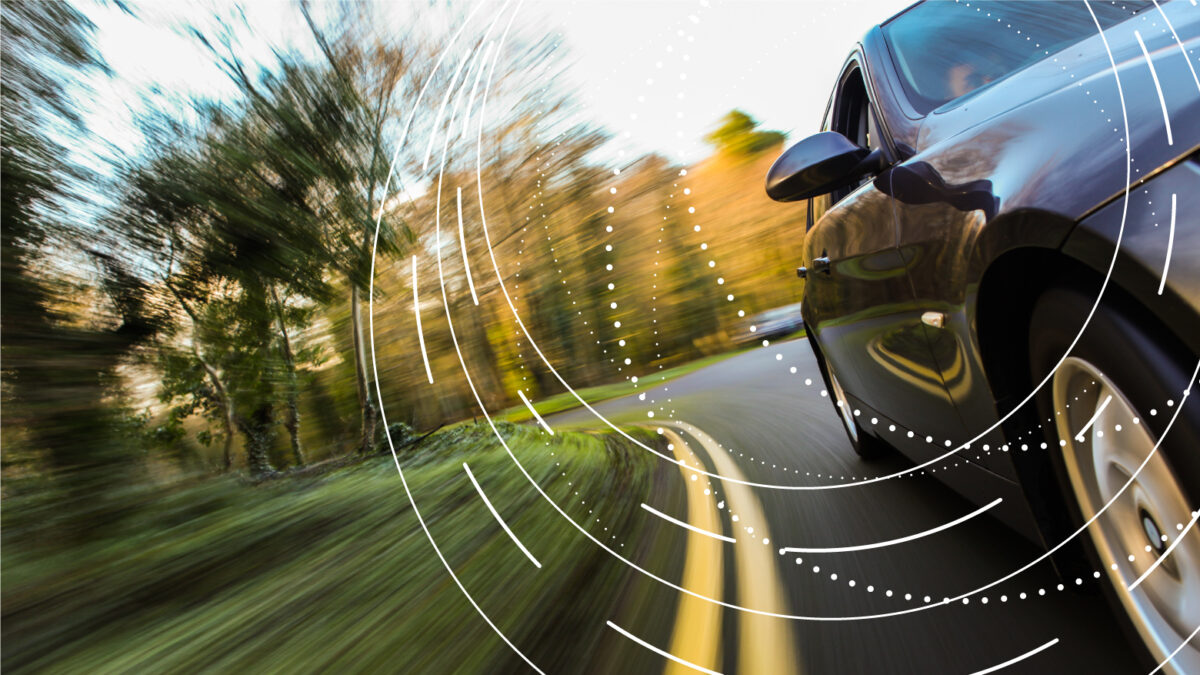One of the most influential areas of innovation in today’s driving experience is acoustics. The infotainment system is the first element of acoustics that people might think of, and it certainly has undergone a great deal of development in bringing streaming, USB, Bluetooth, and on-device media, Android Auto, and Apple CarPlay to cockpits for driver control. However, other cockpit innovations include other in-car audio elements such as navigation system prompts, infotainment system UX sounds, alerts, turn signals, and now noise cancelling. We have seen a big movement for noise cancelling headphones in the consumer space and that has moved to the vehicle to enable a quieter car by cancelling out road noises. Not only will this enable drivers and passengers to enjoy music, but it also means a better quality conversation with the in-car digital assistant when on the highway.
Innovation taking place today in acoustics is beyond what many may have believed possible. A good hands-free system for the car requires excellent echo-cancellation and remote-end noise reduction; a premium one also uses a microphone array and adaptive beamforming to focus in on the person talking, and to eliminate as much of the vehicle’s ambient noise from the call as possible.
Smooth, stress-free travel will be possible with cockpit technology on the horizon, making cars internet-connected and super intelligent
Speech control has similar requirements to hands-free, although with wake-up words it must be running continuously. It also must be routed to different places—an on-board speech engine, off-board recogniser, a phone-based voice assistant, or even a combination of these.
Standard alerts like door or trunk ajar, engine still running, or passenger seat belt disconnected also need to be handled by the audio system in the intelligent cockpit, often requiring input from several different modules and sensors around the vehicle. Thus, a wide variety of sounds related to advanced driver assistance systems (ADAS) are being added, including forward collision warning, lane departure chimes, or blind spot detection alerts.
This innovation in acoustics is just part of a much larger drive in automotive to craft enjoyable user experiences that transform car travel from ‘are we nearly there yet’ to ‘do we have to get out yet?’ Amid anxiety over travel disruption and fuel prices, the intelligent cockpit offers new opportunities to soothe anxiety and reduce costs, all while car travel makes its transition from fuel-based to electric.

Smooth, stress-free travel will be possible with cockpit technology on the horizon, making cars internet-connected and super intelligent. For instance, the future car will be able to identify the individual in the driver’s seat, and set their personal Spotify playlist in motion. It will also be able recognise children in the back and secure car child locks, adjust the heat, and ensure entertainment is child-friendly. Such cockpit technology can plot the best route to reduce range anxiety while getting to the destination efficiently for the way that individual drives.
Breakdowns will soon be a thing of the past, as intelligent cockpit solutions warn a driver of issues, using machine learning to spot the cause. Daylight can also be sensed, setting mood-lighting for night drives. The technology even goes so far as mitigating parental anxiety when teens are driving: a text can be sent to the guardians when a young driver has too many passengers in the car or to inform of arrival at destinations. These things are all about to become possible thanks to data driven innovations in cockpit connectivity.
All of this relies on a reliable and secure way to share vehicle sensor data between developers and automakers, using scalable, cloud-connected software platforms. As collaborations form to join the dots between sensors, systems, infotainment and acoustics, we’ll see the full potential of the intelligent cockpit impact positively on driver and passenger experience. And it’s not that far away.
The opinions expressed here are those of the author and do not necessarily reflect the positions of Automotive World Ltd.
Peter Virk is Vice President, IVY Product and Ecosystem, at BlackBerry
The Automotive World Comment column is open to automotive industry decision makers and influencers. If you would like to contribute a Comment article, please contact editorial@automotiveworld.com




